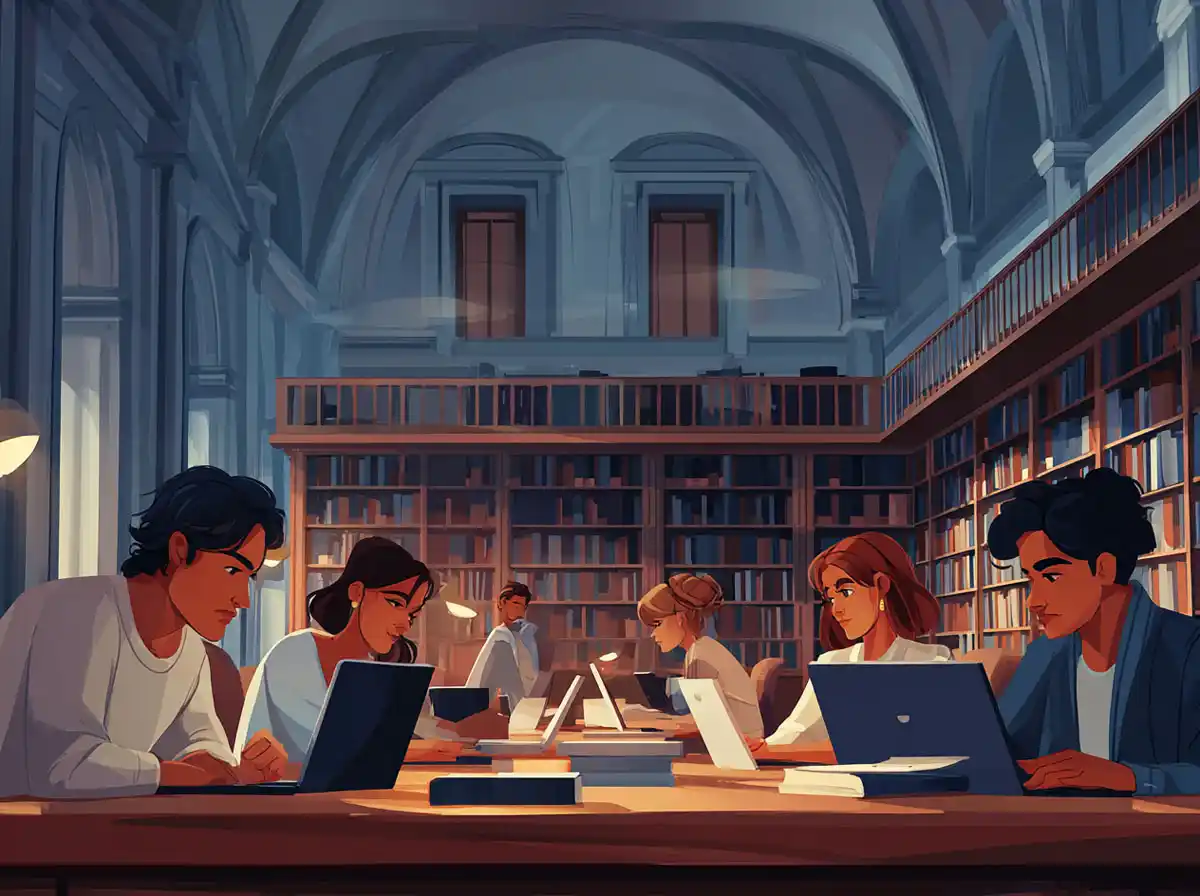Colors in Galician
Colors are used not just to describe objects but also to express feelings and make language richer. In Galician, colors (cores) can sometimes change form based on gender and number, just like in other Romance languages.
Azul (blue), for instance, remains unchanged regardless of the gender or number:
– O ceo é azul. (The sky is blue.)
– A súa camisa é azul. (His/Her shirt is blue.)
Vermello (red), changes with the gender:
– O tomate é vermello. (The tomato is red.)
– A rosa é vermella. (The rose is red.)
Amarelo (yellow) also changes based on the gender:
– O sol é amarelo. (The sun is yellow.)
– A banana é amarela. (The banana is yellow.)
Other common colors include:
– Verde (green): A herba é verde. (The grass is green.)
– Branco (white): O papel é branco. (The paper is white.)
– Negro (black): O carbón é negro. (The coal is black.)
Shapes in Galician
Shapes (formas) are another essential part of vocabulary, especially useful when describing objects around us. Here’s a look at some basic shapes in Galician:
Círculo (circle):
– O sol forma un círculo no ceo. (The sun forms a circle in the sky.)
Cadrado (square):
– A xanela é un cadrado. (The window is a square.)
Rectángulo (rectangle):
– A porta é un rectángulo. (The door is a rectangle.)
Triángulo (triangle):
– A vela do barco é un triángulo. (The boat’s sail is a triangle.)
Oval (oval):
– O espello é un oval. (The mirror is an oval.)
Using Colors and Shapes Together
Combining knowledge of colors and shapes can help you describe things more precisely. For example:
– O prato é un círculo branco. (The plate is a white circle.)
– A caixa é un rectángulo verde. (The box is a green rectangle.)
Adjectives Agreeing with Nouns
In Galician, adjectives must agree in gender and number with the nouns they describe. This is important to remember when combining colors and shapes or any descriptive words:
– As follas son triángulos verdes. (The leaves are green triangles.)
– Os libros son rectángulos azuis. (The books are blue rectangles.)
Practical Applications
Understanding and using colors and shapes in Galician can be very useful in everyday situations, such as shopping, giving directions, or even in professional settings like design or presentations:
– Podería mercar esa camiseta en azul? (Could I buy that t-shirt in blue?)
– Busco unha mesa que sexa un círculo branco. (I’m looking for a table that is a white circle.)
Conclusion
Mastering the vocabulary for colors and shapes in Galician can add depth to your language skills, making your conversations more vibrant and detailed. Whether you are discussing nature, objects, or art, being able to describe what you see or visualize in Galician enriches your communication and helps in deeper understanding of the language and culture. Remember, practice is key, so try incorporating these new words into your daily Galician conversation!










